While the EU wants to protect its hegemony in the Balkans and limit the influence of China, Russia and Türkiye, the bloc does not want to “import” problems such as territorial conflicts and poverty that are raging in Central Europe.
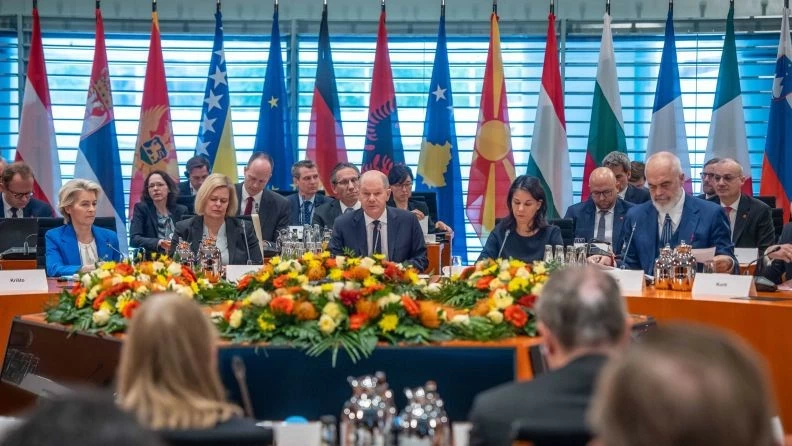 |
| German Chancellor Angela Merkel delivers a speech at the opening of the Western Balkans Summit in Berlin, Germany, October 14. (Source: PA/DPA) |
A group of countries and territories in the Western Balkans have been waiting to join the European Union (EU) while using the Central European Free Trade Agreement (CEFTA) framework to trade with each other. The economies hoped the agreement would make it easier for them to join the EU, but CEFTA has taken on a life of its own.
CEFTA is sometimes seen as the EU’s “waiting room,” or even a “set of training wheels” that the 27-nation bloc provides for ambitious members to “learn the art of free trade” before joining the bloc’s giant free market.
And for much of its history, CEFTA has acted as a stepping stone towards the EU. The free trade agreement, whose rules are based on EU law, was first signed by the Czech Republic, Poland, Slovakia and Hungary in 1992.
With the backing of the EU, the grouping was joined by Slovenia, Bulgaria, Romania and Croatia. All of these countries later left CEFTA to become full members of the EU.
CEFTA's last major expansion was in 2006, when Serbia, Montenegro, Bosnia-Herzegovina, Albania, North Macedonia, Moldova and Kosovo joined. CEFTA now includes just seven member economies in the Western Balkans with a combined population of nearly 20 million.
EU - CEFTA arbitrator
The EU remains involved in CEFTA as a partner, mediator and stabilising force. The union’s efforts have proven crucial in easing the ongoing conflict between Serbia and Kosovo – which Serbia regards as a breakaway territory.
The EU has recently pushed Kosovo to lift its blockade on Serbian goods and pressured Belgrade to allow Kosovo's government to send representatives to CEFTA meetings, instead of communicating through the UN mission in Pristina.
The EU has major influence through trade with CEFTA members, as well as aid and investment. Another factor is that the smaller bloc has yet to negotiate its own dispute settlement mechanism and so must rely on the EU as an arbiter.
“CEFTA is a treaty-based institution which makes it quite difficult to resolve such issues because they are at the political level, more than the technical or commercial level,” said Ardian Hackaj of the Tirana-based Institute for Cooperation and Development.
Hackaj is also the coordinator of the Tirana Conference on the Berlin Process, which aims to bring the remaining Balkan countries and territories into the EU.
On October 14, the heads of government of six of the seven CEFTA members arrived in Berlin to attend the West Bakan Summit with German Chancellor Olaf Scholz and European Commission President Ursula von der Leyen, discussing a concrete action plan to make the “big dream” of joining the EU a reality.
Join the EU or not?
Officially, the EU has left the door open for the remaining Western Balkan states and Moldova to join the union, provided they meet certain conditions. On October 14, Chancellor Scholz stressed that the EU "will only be complete when the Western Balkans are part of the union."
Meanwhile, Ms. Von der Leyen said that in recent years, the EU has gained new momentum in its enlargement. “Russia’s military campaign in Ukraine has brought clarity,” she said, implying that the parties need to choose sides.
Behind the group photos and “glamorous” press statements, however, there is a sense that EU enlargement plans are not actually going anywhere.
The latest country to join the EU was Croatia, a former CEFTA member, in 2013. And while the bloc is keen to preserve its hegemony in the Balkans and limit the influence of China, Russia and Türkiye, European leaders are reluctant to import the problems of territorial conflicts, poverty and more that plague the remaining CEFTA members.
For their part, countries like Serbia and Albania have become comfortable being “big fish” in the tiny CEFTA pond, rather than being left to sink or swim on their own in the EU’s free market of 450 million people.
In addition, governments in the Balkans do not want to alienate China, which has brought new money, openly challenging the EU, especially when the union is struggling to respond to global upheavals and boost stagnant economies.
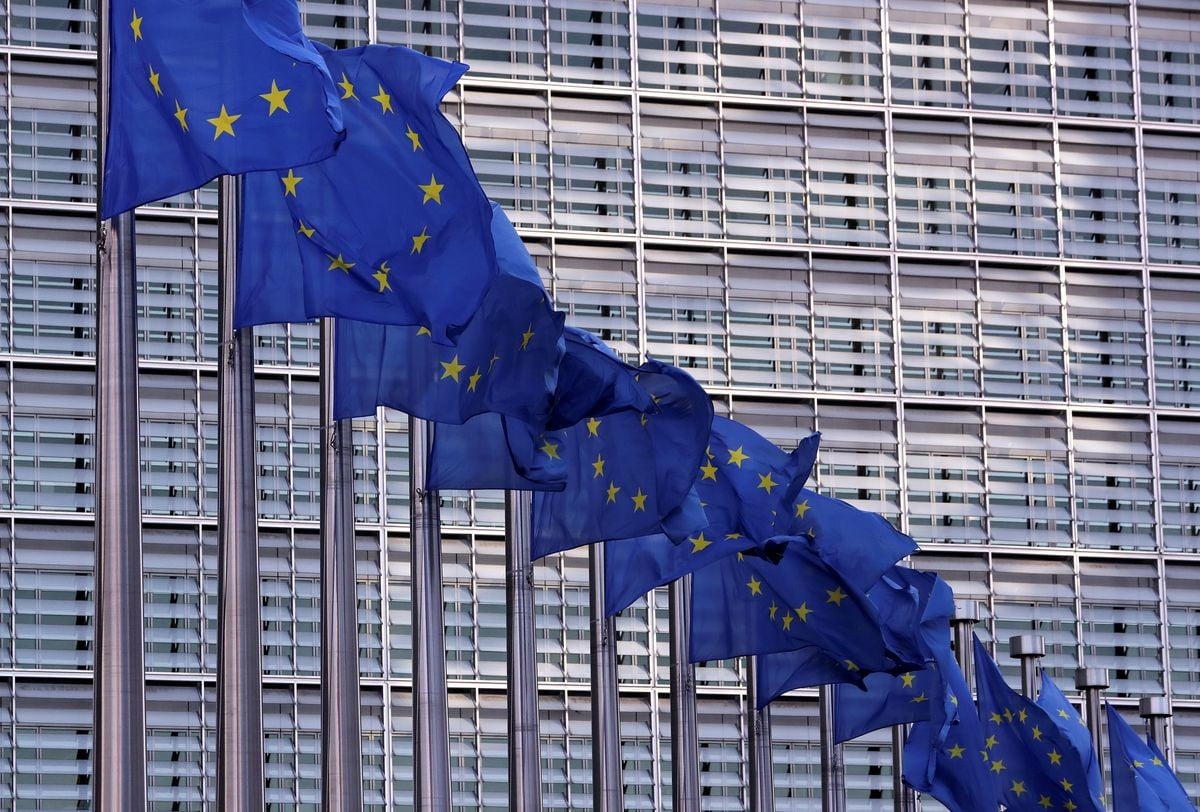 |
| EU flags fly outside the European Commission headquarters in Brussels, Belgium. (Source: Reuters) |
Chinese money boosts Serbia's surplus
Serbia is the biggest beneficiary of the CEFTA framework. Despite the Kosovo region ceasing imports from Serbia, Belgrade still reported a trade surplus with CEFTA of $2.71 billion (€2.48 billion) in 2023. However, it is worth noting that the bulk of the exports came from Chinese-owned companies based in Serbia.
Albania also reported a trade surplus with CEFTA of around $242 million last year. In contrast, Kosovo recorded a deficit of 583 million euros.
Although the economic outlook looks bleak in Pristina, Belgrade's concession to allow Kosovo to send its own representative to CEFTA meetings is a major political step for Kosovo.
"This is a logical step... It is also important because it demonstrates that seemingly impossible changes in the region can be made as long as there is political will and clear commitment from the EU and Balkan partners," Hackaj said.
Serbia, which currently holds the rotating presidency of CEFTA, maintains one position: in the official announcement, Kosovo's name will be accompanied by an asterisk, to indicate that its use in the forum is not related to Serbia's position on Kosovo's independence.
This detail could be seen as a warning to the EU – a powerful union that has so far failed to shake off its bias against the Balkans. To incorporate these economies, the 27-nation bloc needs a vision that goes beyond money and beyond the old and new Balkan alliances proposed by its geopolitical rivals.
Source: https://baoquocte.vn/khoi-cefta-phong-cho-cho-cac-nuoc-tay-balkan-hien-thuc-hoa-tham-vong-gia-nhap-eu-vai-tro-khong-phai-dang-vua-cua-trung-quoc-290313.html


![[Photo] Binh Thuan organizes many special festivals on the occasion of April 30 and May 1](https://vphoto.vietnam.vn/thumb/1200x675/vietnam/resource/IMAGE/2025/5/1/5180af1d979642468ef6a3a9755d8d51)
![[Photo] Bustling construction at key national traffic construction sites](https://vphoto.vietnam.vn/thumb/1200x675/vietnam/resource/IMAGE/2025/5/2/a99d56a8d6774aeab19bfccd372dc3e9)

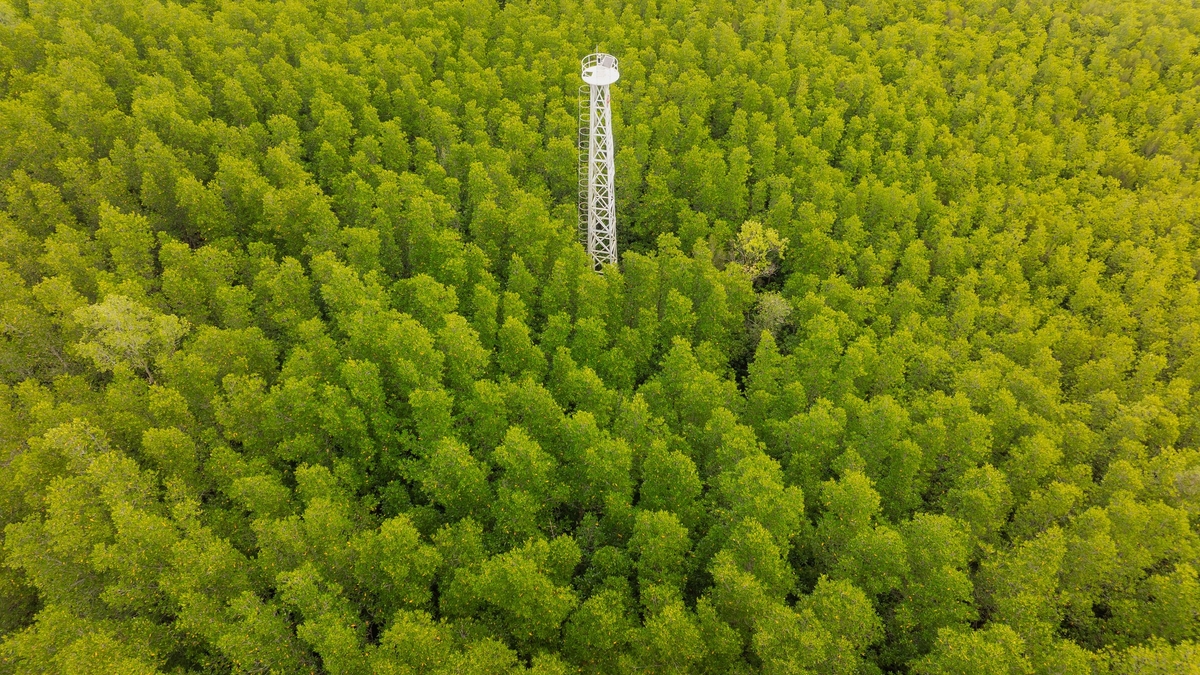
![[Photo] "Lovely" moments on the 30/4 holiday](https://vphoto.vietnam.vn/thumb/1200x675/vietnam/resource/IMAGE/2025/5/1/26d5d698f36b498287397db9e2f9d16c)

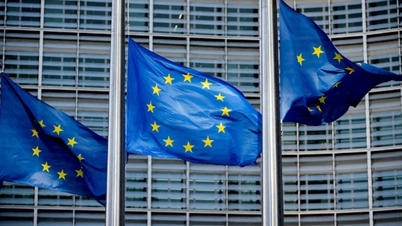


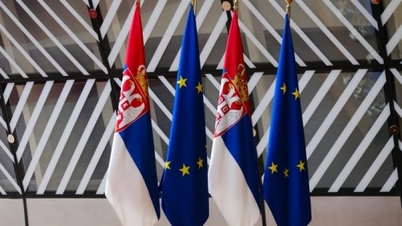


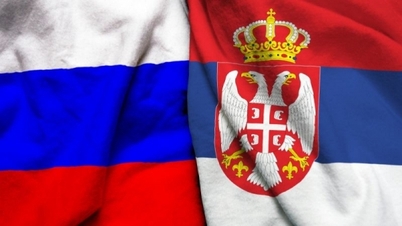

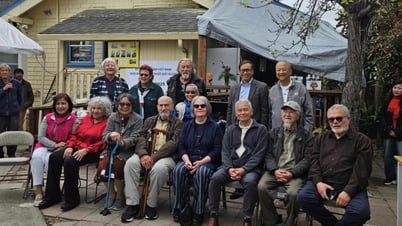


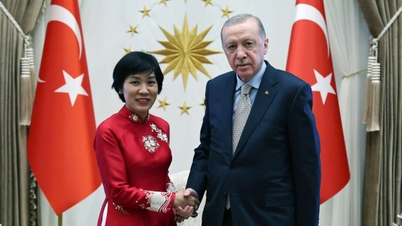







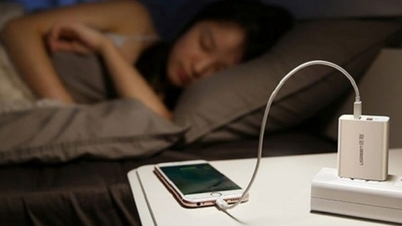




![[Photo] Ha Giang: Many key projects under construction during the holiday season](https://vphoto.vietnam.vn/thumb/1200x675/vietnam/resource/IMAGE/2025/5/1/8b8d87a9bd9b4d279bf5c1f71c030dec)




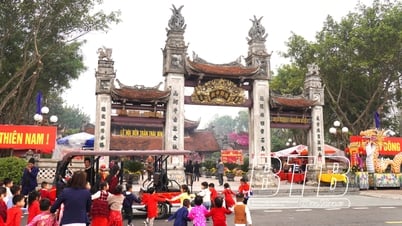
















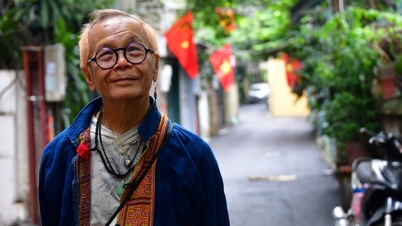
















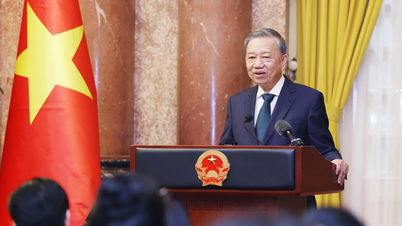
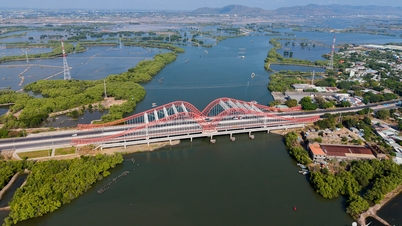

















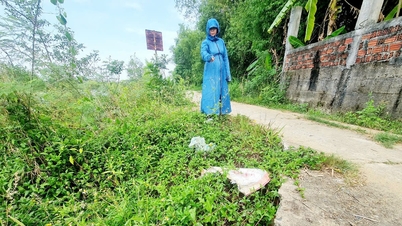

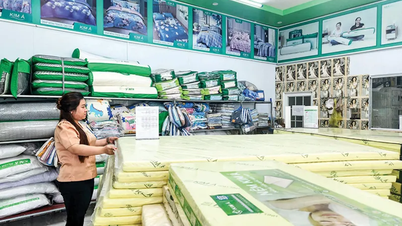



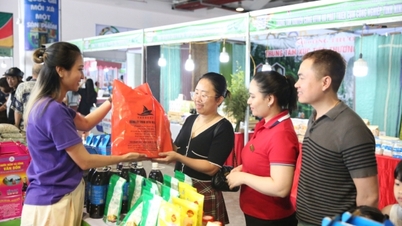



Comment (0)